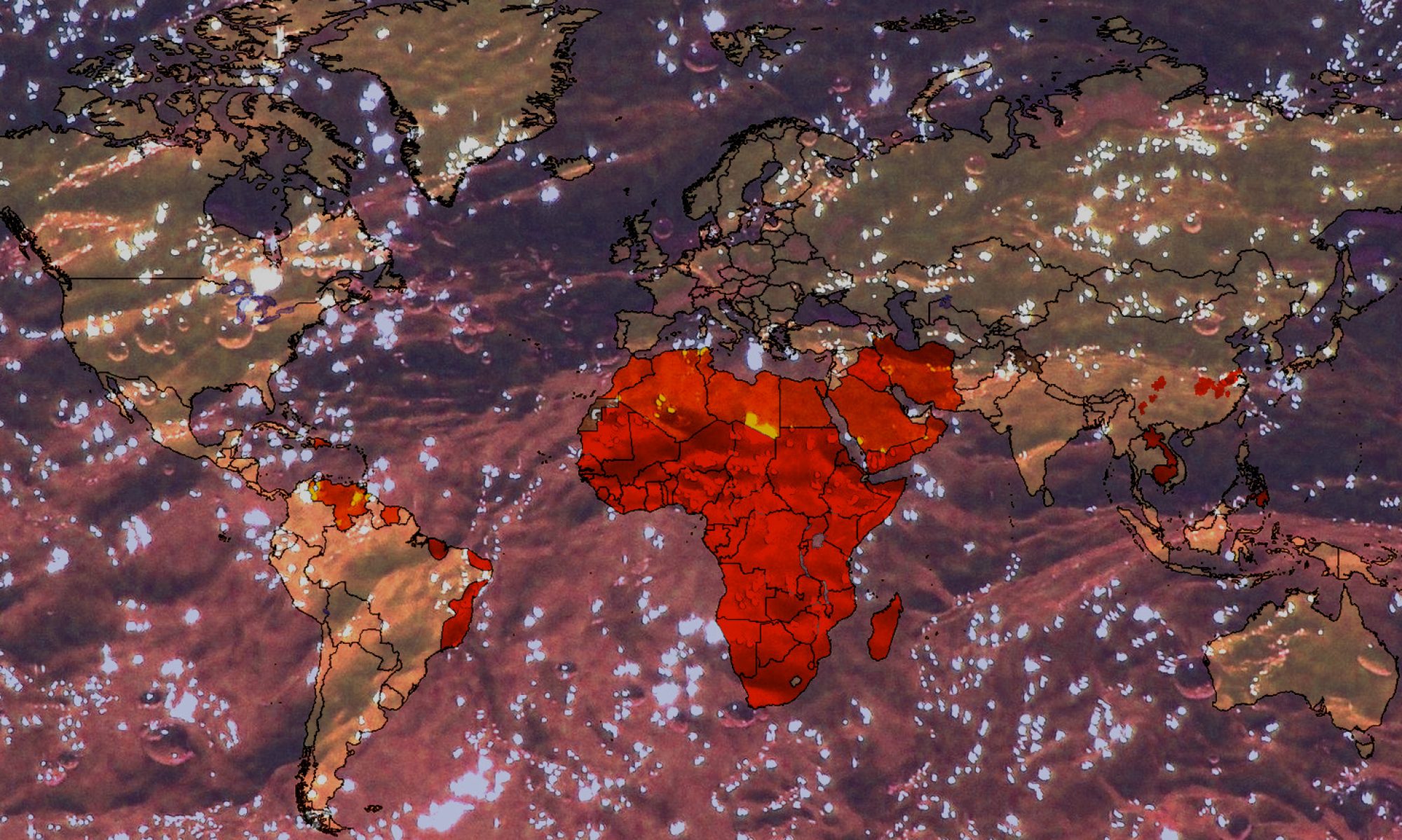An indirect, yet very effective way for mapping the infectious hotspots of schistosomiasis consists in identifying the habitat of intermediate host snails species. Ongoing research is revealing that the presence of specific aquatic vegetation taxa (e.g. Typha spp.) may significantly correlate with the presence of snails. Detecting areas that are occupied by those kinds of vegetation represent thus a good proxy for estimating the exposure component of schistosomiasis infection risk. While the in situ identification of such areas may be time-consuming, especially if performed at regional scales, high-resolution satellite imagery may help to map large territories, provided of course that we know what to look at.
In order to provide ground-truthing for remote detection of aquatic vegetation relevant to schistosomiasis, we conducted between March and April 2019 some fieldwork in the region, so as to give a closer (multispectral) look at prototypical waterpoints of the lower Senegal River Valley… with drones! Only by fingerprinting suitable habitats, we might in fact gather the true positive data that are needed to train the machine learning algorithms that we are developing so as to map the schistosomiasis infection risk at the regional scale.
Here is a drone-taken selfie of our “multispectral mapping team” with our MASTR-SLS postdoc Dr. Amadou Lamine Toure (the pilot on the left), two PoliMI students (on the pickup), Michael Montani and Fabio Cattaneo (president and treasurer of PoliMappers and 2018 YouthMapper Reseearch Fellowship winners), and the UGB student Ibrahim Sory A’icha (making the victory sign, on the right). Ibrahim, the president of the UGB chapter of Youthmappers was very instrumental also for the organization of our mapathon in November 2018 and decided to join the group again.
The multispectral mapping team moving from waterpoint to waterpoint
The two weeks of sampling were very instructive for the participants and useful for retrieving data, but not that smooth and easy. In addition to the predictable complications of fieldwork, the team faced many practical issues that don’t usually show up during planning. Gardening reed to recover a fallen drone, towing their pick-up truck stuck in the mud with a broken wheel, and being on the lookout for hungry falcons are examples of such issues.

A falcon comes to inspect the alien bird smoothly flying over the aquatic vegetation
In the end, several good samples of spectral signatures have been retrieved from the aquatic vegetation at different sites during the expedition, most of the times meeting people living in nearby villages who were curious about our activities. This has definitely been one of the most exciting aspect of the team fieldwork, in particular when the students had the possibility to interact with kids living there. Kids were astonished when looking at the drone, screaming at it and wanting so much to touch it!
The attractive power of our drone on the terrain (see the children of all ages)






